When we think of the fashion and attitude of the 1920s woman, the Flapper is what comes most to mind. But, is that all there was to a decade that defined a generation?
Come with us on a journey through the 1920s. Let’s explore the fashions and the defining moments that lead to the changes in the way women saw themselves and how they presented themselves to the world. First, a little background on the seeds of these changes.
It all started with World War I and the Modern Bra
The development of the modern bra might be one of the biggest game-changers in women’s fashion – ever! Until the second decade of the 20th century, women wore corsets of one form or another made from whalebone and steel rods.
A young New York socialite named Mary Phelps Jacob was an early fashion adopter. She was tired of having support rods poking through her evening gown and wanted to be more comfortable. With the help of her maid and two silk handkerchiefs and a little bit of pink ribbon and cord, she created the first modern bra. She even received a patent for the “Backless Brassiere” in 1913! Shortly after that, she started selling them under the name “Caresse Crosby.” (Mary Phelps Jacob)
Warner Brothers Corset Company bought the patent and the new bra received widespread use. It became hugely popular during World War I when the United States government asked women to support the war effort by not purchasing corsets so the metal could be used in armament production.
The Great War also saw women take on roles that were traditionally delegated to men. “Women and girls who previously worked as domestic servants took jobs in munitions factories, performed administrative work, worked as drivers, nurses, and on farms. They volunteered for organizations like the Red Cross and joined the military. A new image of freedom and self-respect led women away from traditional gender roles.” (Women’s Fashion During WWI: 1914-1920)
The lavish styles of the Edwardian era gave way to a plainer, more military design. Tunic jackets, belts, and epaulets made an appearance, as did pants! Colors were more sober and muted, and skirts were shorter, as often happened during wartime.
World War I ended in 1918 but was followed by the flu pandemic. This made recovery very difficult. The cynicism and feeling of despair that ensued created a new kind of culture. Disillusionment combined with new freedom pivoted society into a live-for-today, devil-may-care attitude. It is here that we begin the decade that roared. The Jazz Age had its own distinct look, sound, and fashion. It roared in like a lion and gave no indication of calming down anytime soon.
‘Fashion is not something that exists in dresses only. Fashion is in the sky, in the street, fashion has to do with ideas, the way we live, what is happening’
— Coco Chanel
The decade defined by women’s independence and alcohol prohibition
- Women got a taste of financial independence during World War I and they were not inclined to give up their jobs during peacetime.
- The 19th Amendment, giving women the right to vote, passed in August 1920.
- Mass production of automobiles started in the early 1920s. This provided more mobility than ever before. Women who learned to drive during the war were now driving into the cities for work and play.
- Prohibition might have been in effect, but it didn’t stop speakeasies and jazz clubs from popping up. Only the sale of alcohol was prohibited, not consumption!
- Strides were also being made in women’s contraception in the early part of the decade.
Source: Flappers
Hems go up and waistlines go down
By the beginning of the decade, waistlines were drifting downward for the 1920s woman. Hemlines slowly rose toward the knee, which came as a shock to men, many of whom grew up with the rare glimpse of a woman’s ankle.
The illustrations above chronicle the changes in fashion for the 1920s woman over the first five years of the decade. The fashions of 1920 are closer to their Edwardian cousin while we can see the advent of the Flapper by 1924.
In part 2 we’ll explore the changes in the second half of the decade and the pinnacle of the Flapper.
Featured photo: Copyright © AFP/Collection Roger-Viollet – Concours d’élégance en 1925
Recollections has a collection of 1920s-inspired fashions that we hope will inspire you, too! Zelda is an example of what you’ll find on our website.

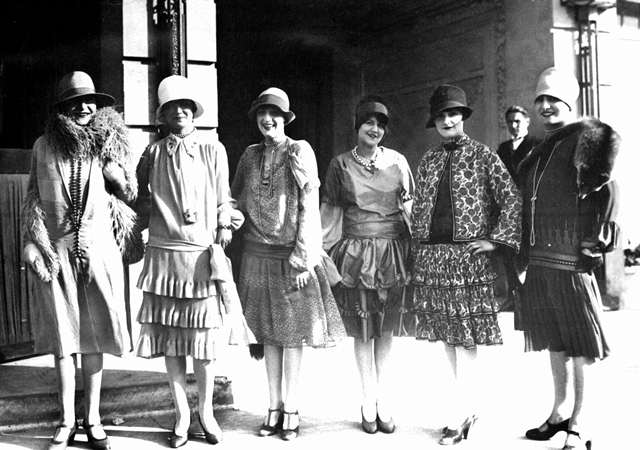
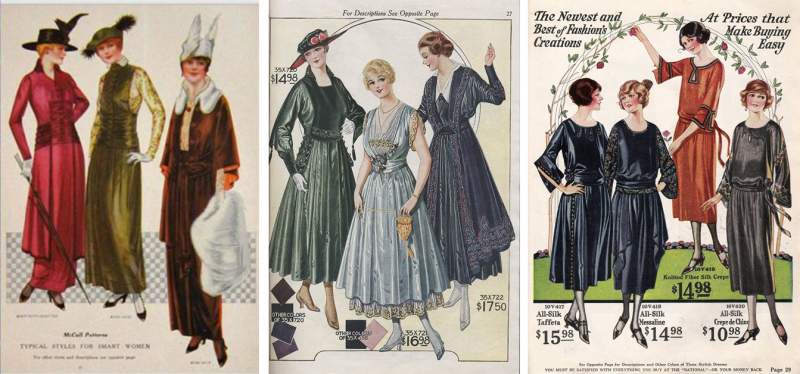
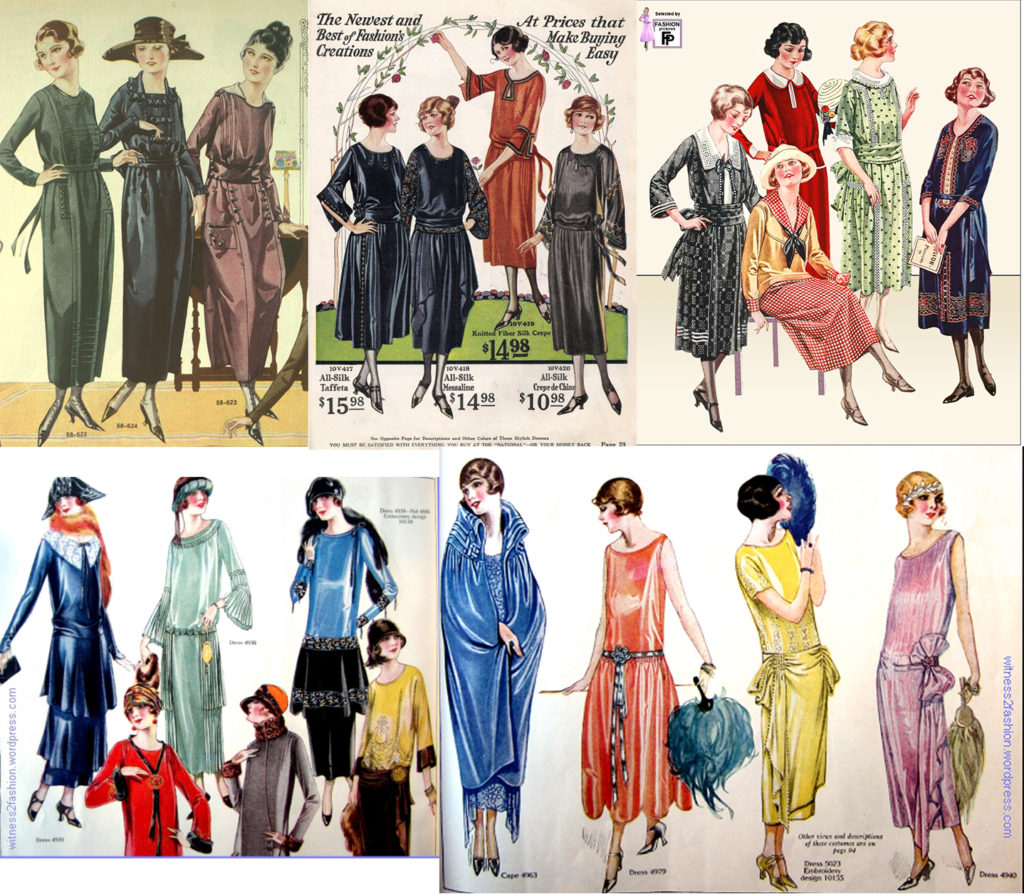
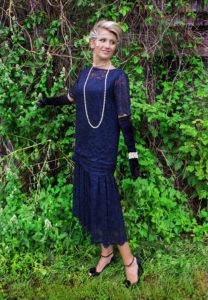
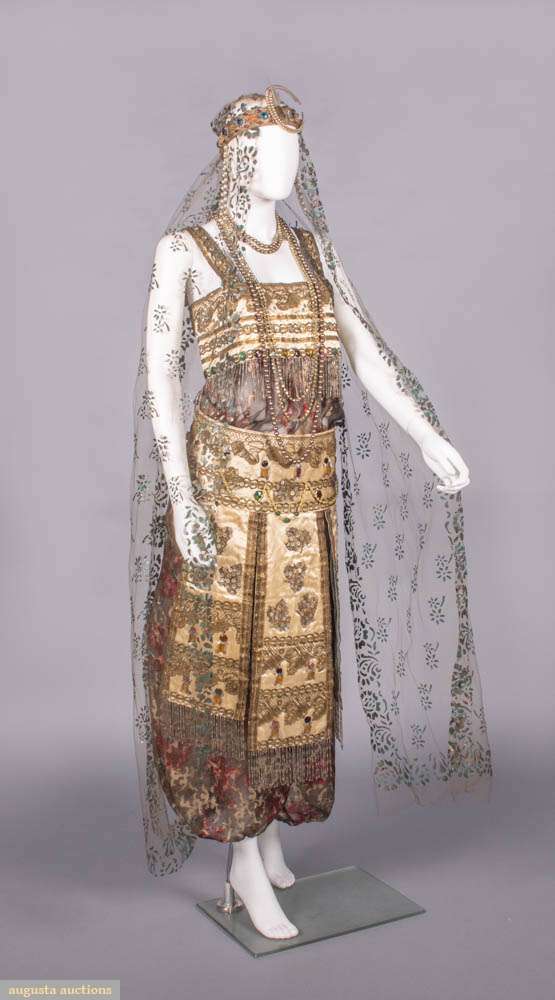


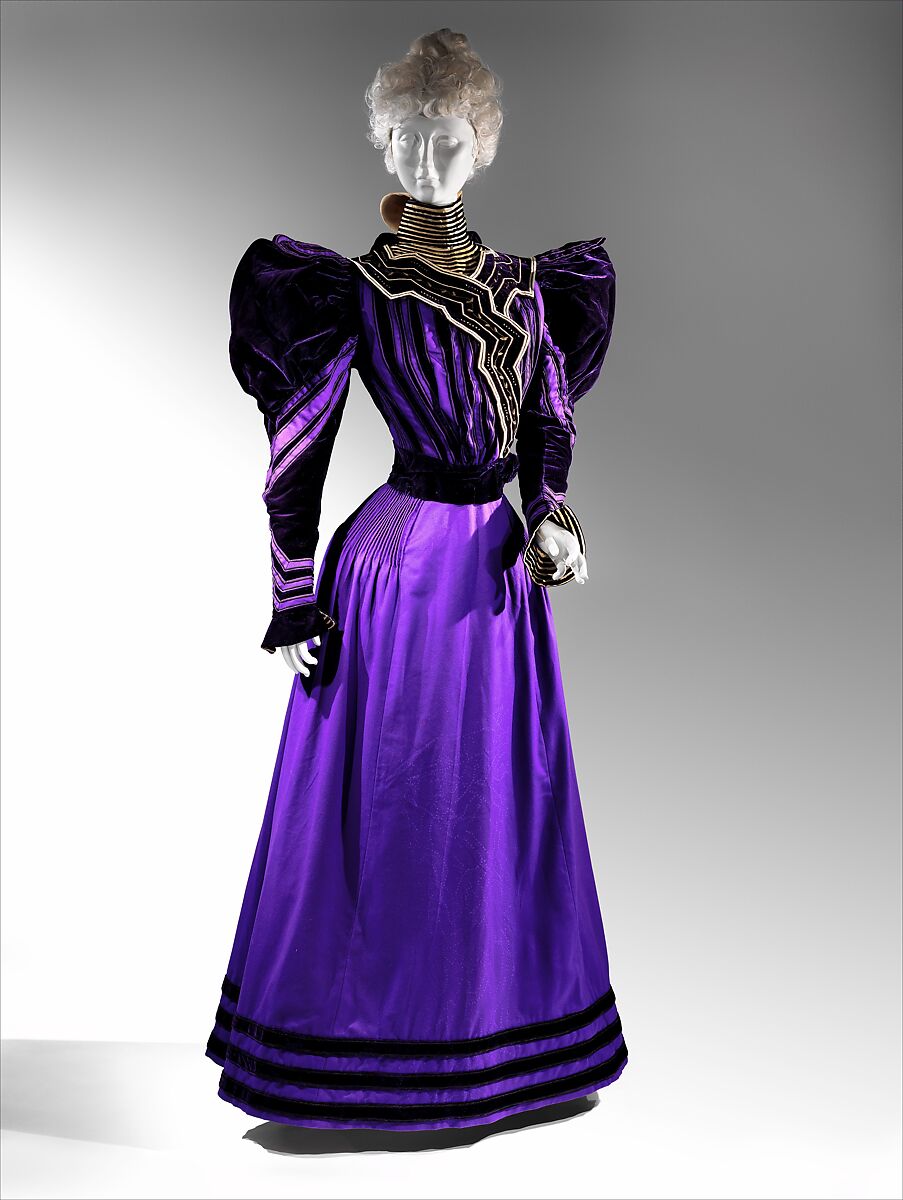

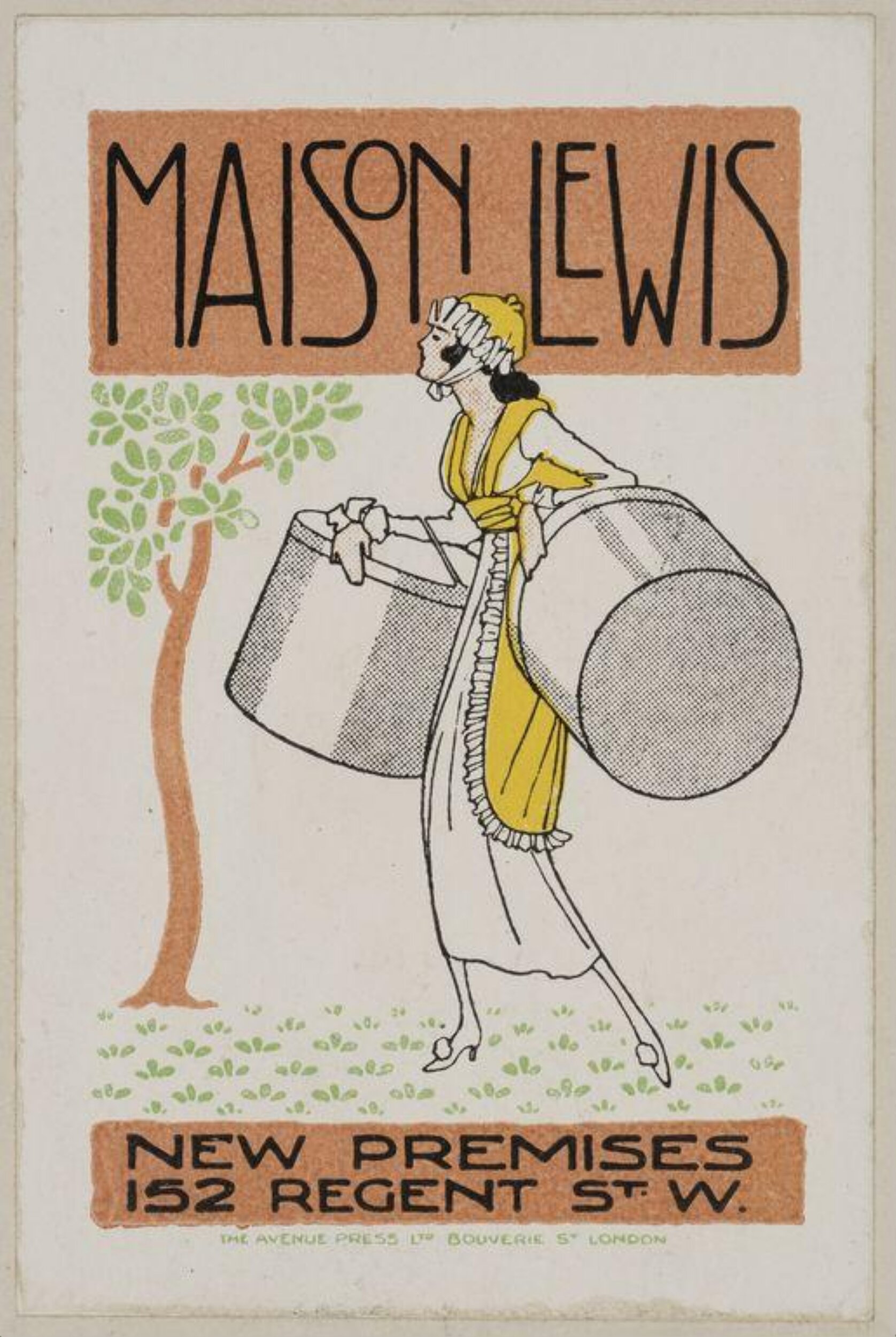
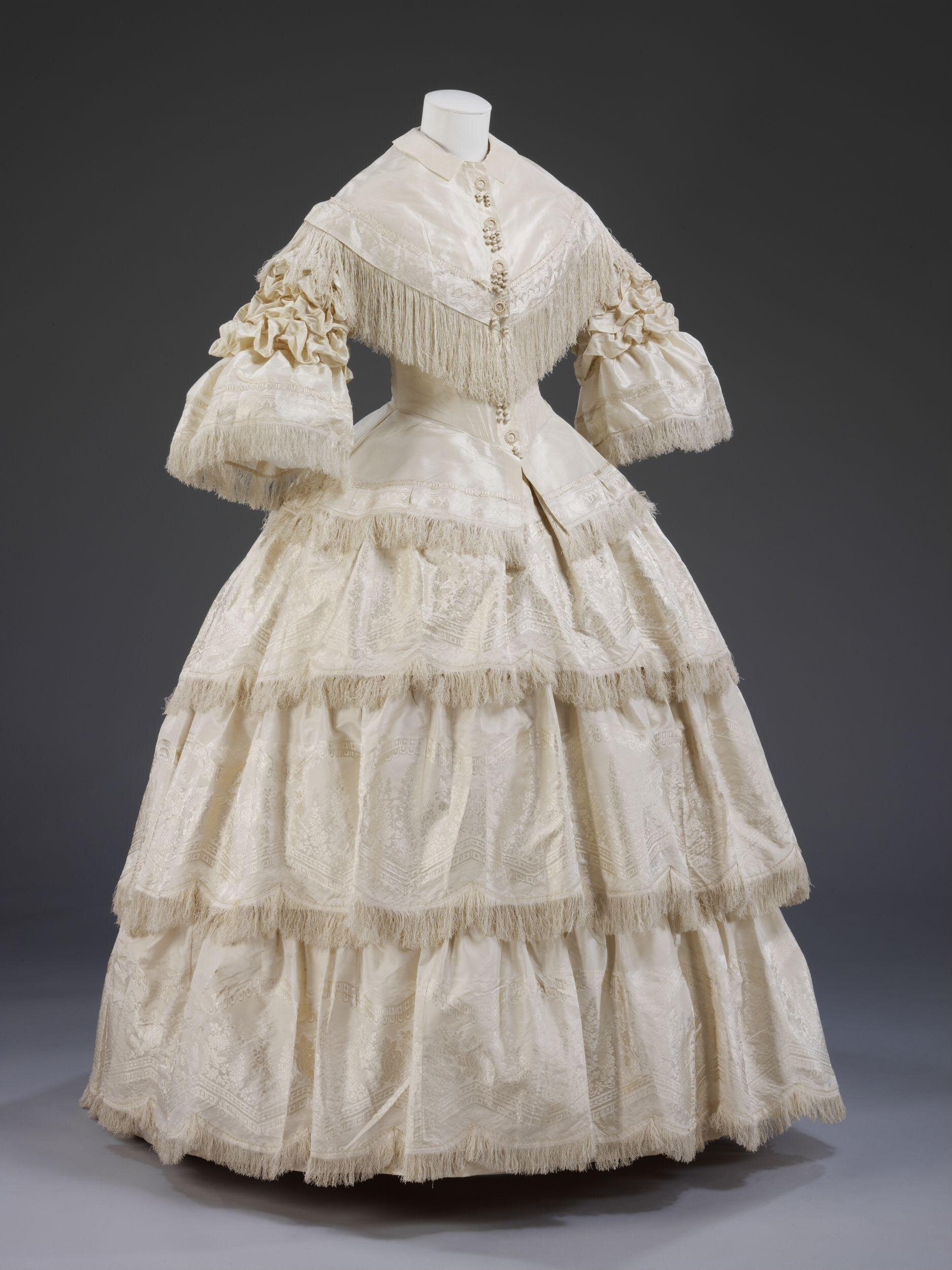
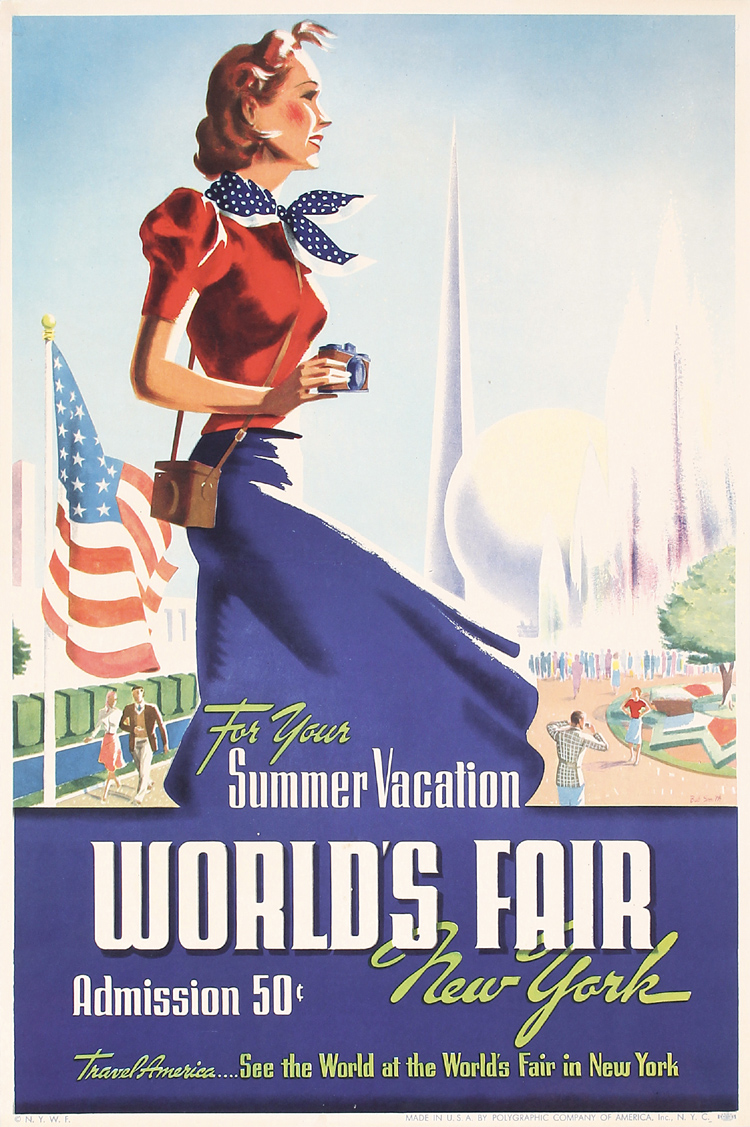
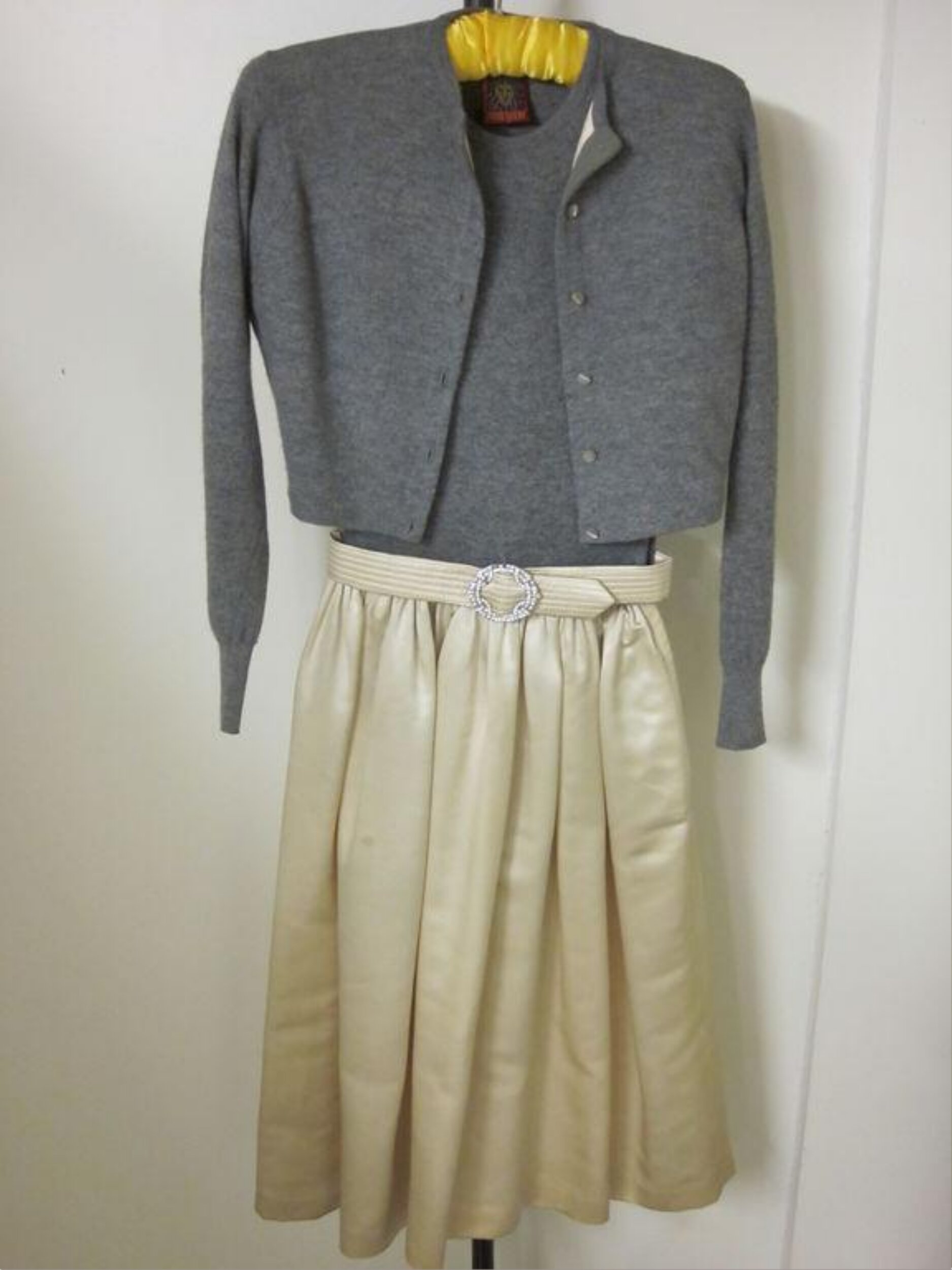
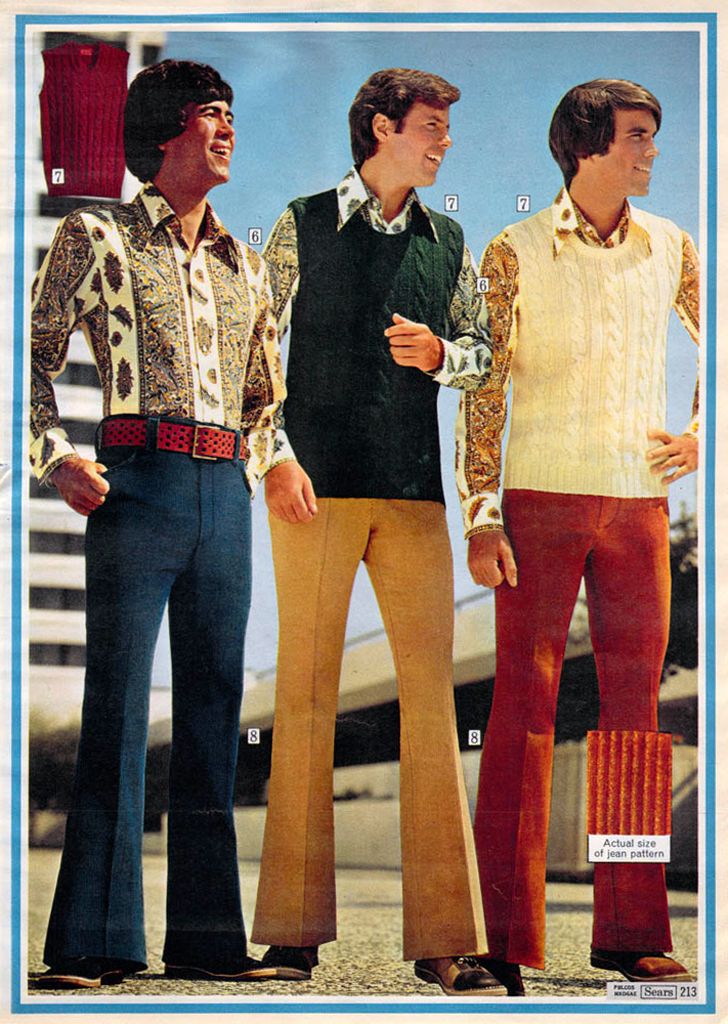
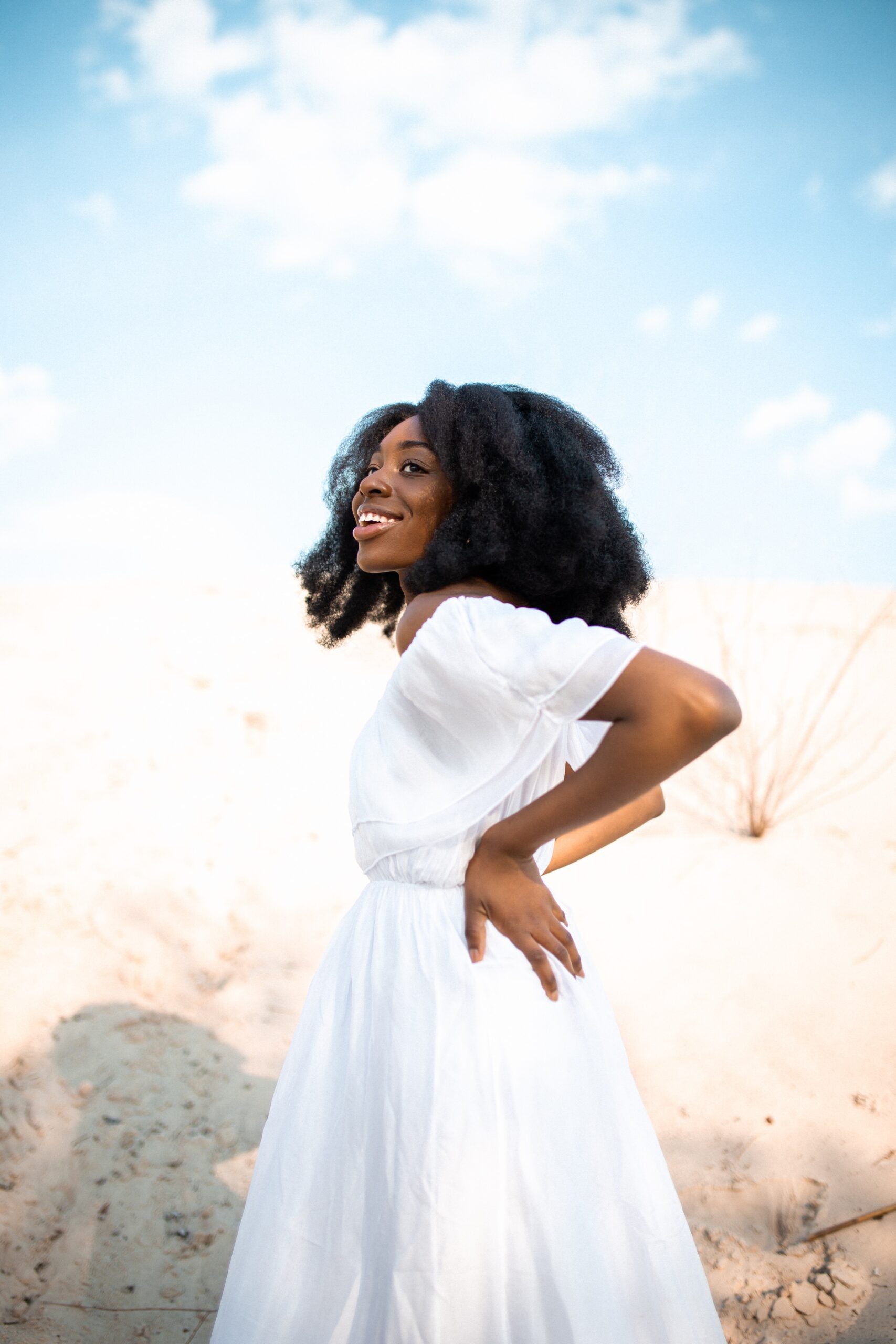
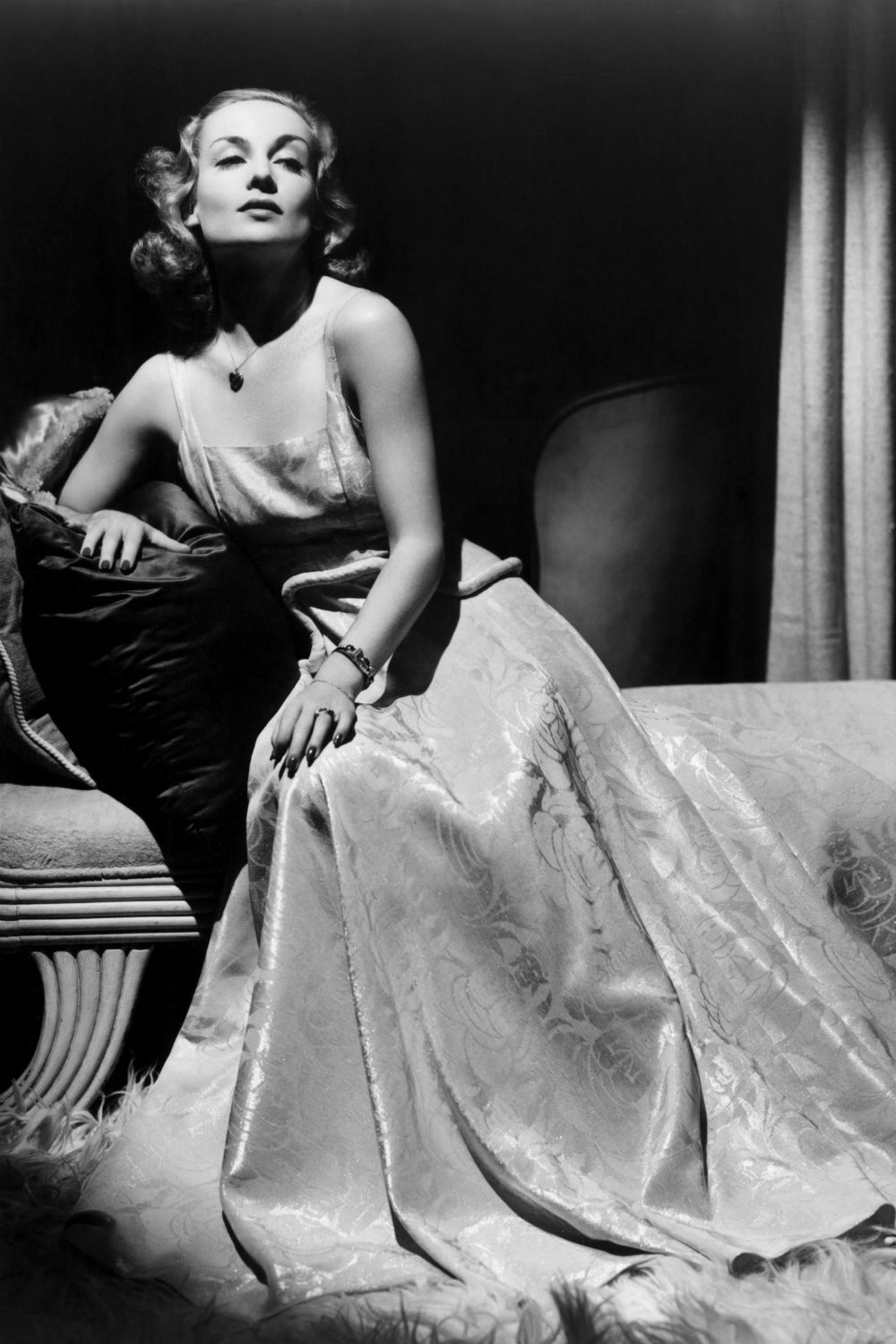
Leave A Comment